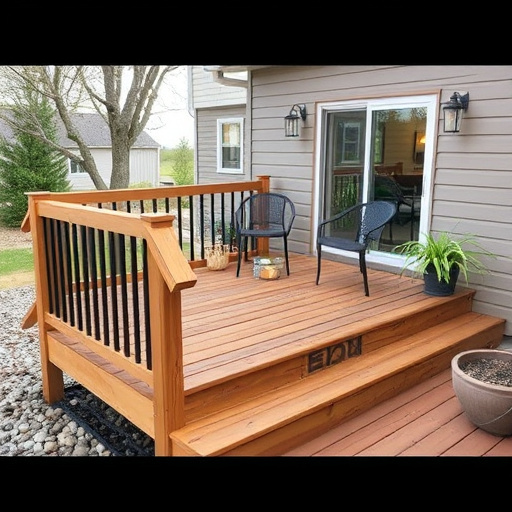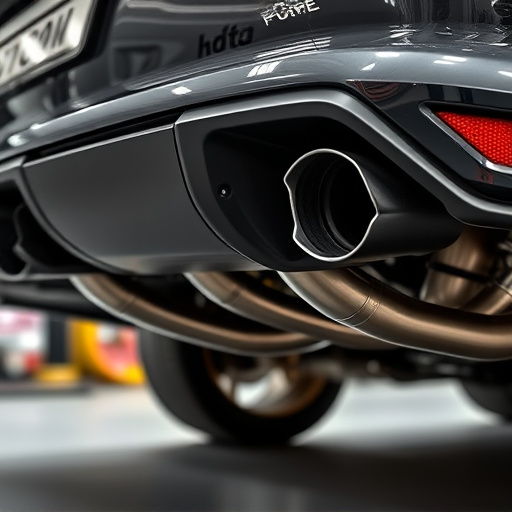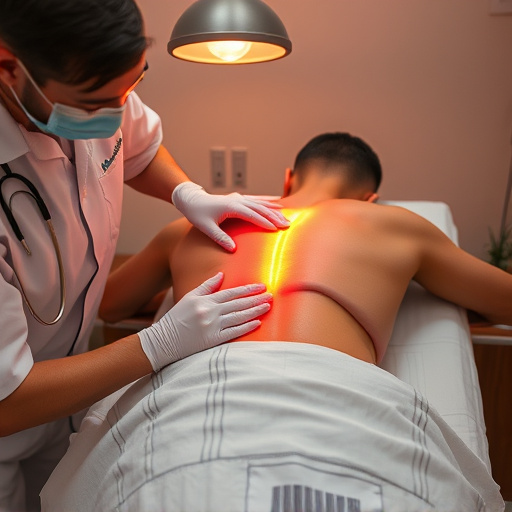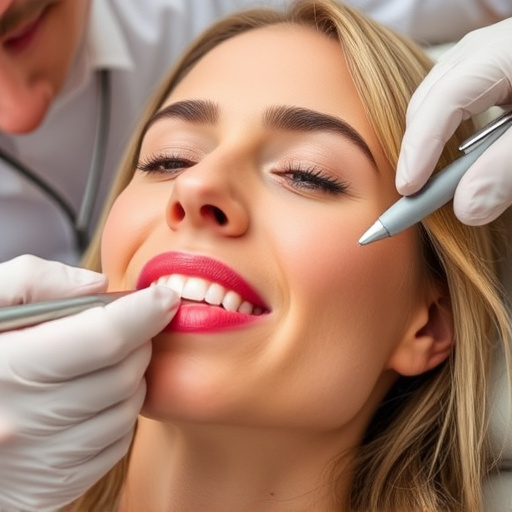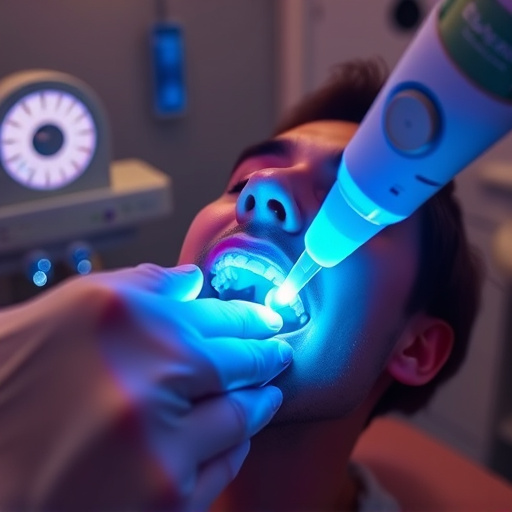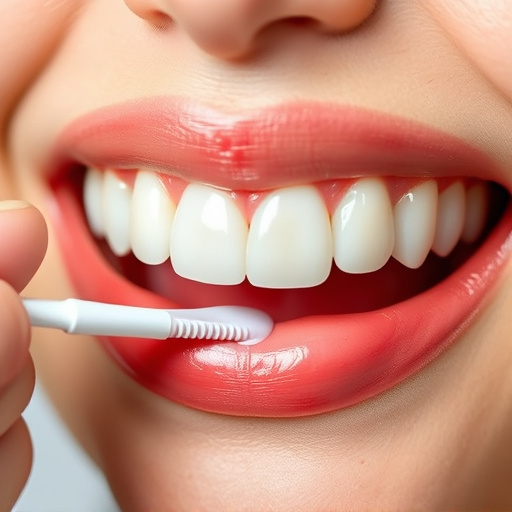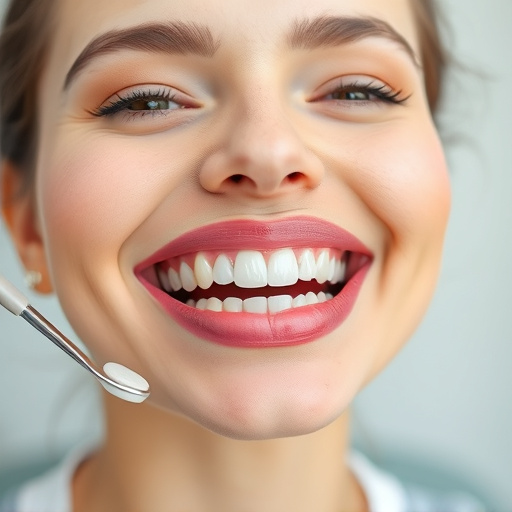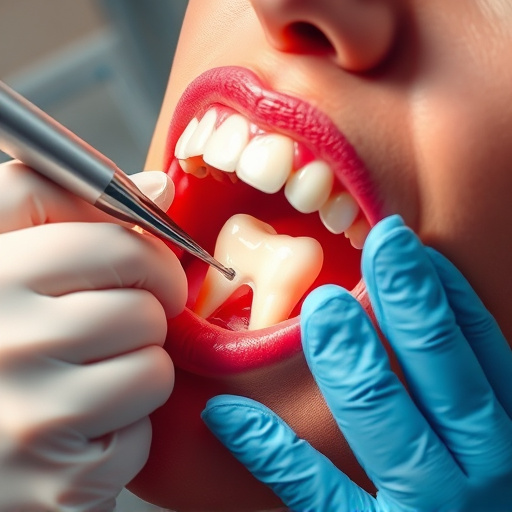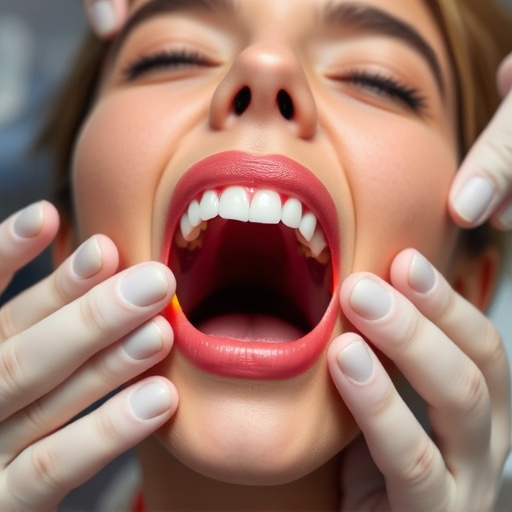Sleep apnea, caused by breathing disruptions during sleep, is treated through lifestyle changes, CPAP masks, oral appliances adjusting jaw position, or severe cases requiring surgical interventions targeting the upper respiratory system. Comprehensive dental care is vital for managing sleep apnea, ensuring appliance fit and oral health.
“Sleep apnea, a common yet potentially dangerous sleeping disorder, affects millions worldwide. This article offers a comprehensive review of sleep apnea treatment options, guided by leading sleep specialists. We delve into the root causes and diagnosis, exploring a spectrum of non-invasive techniques from behavioral therapies to advanced devices. For severe cases, we examine surgical interventions, providing insights into available procedures. Understanding these diverse treatment options is pivotal for those seeking relief from sleep apnea, aiming to improve overall health and quality of life.”
- Understanding Sleep Apnea: Causes and Diagnosis
- Exploring Non-Invasive Treatment Methods
- Surgical Interventions for Severe Cases
Understanding Sleep Apnea: Causes and Diagnosis
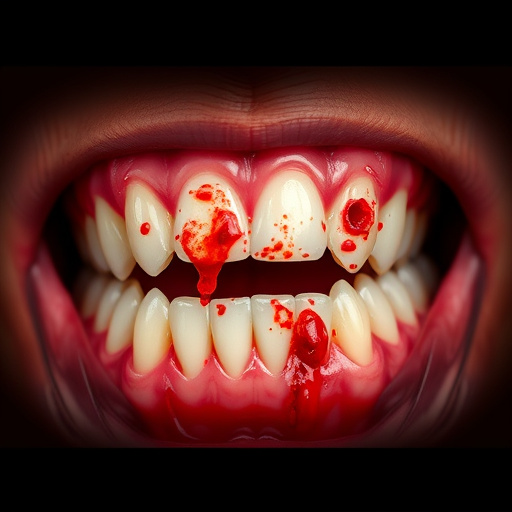
Sleep apnea is a common sleep disorder characterized by pauses in breathing during sleep, leading to reduced oxygen levels in the blood and disrupted sleep patterns. These episodes can occur numerous times each night, often going unnoticed until serious health consequences arise. Understanding the causes of sleep apnea is crucial in effective management and treatment. It primarily arises from a combination of anatomical factors, including a narrow upper airway, large tongue, or excess soft tissue in the throat, coupled with relaxation of these muscles during sleep. Obesity and aging are significant risk factors, as they can exacerbate these anatomical issues.
Diagnosis involves a comprehensive evaluation by sleep specialists who may recommend a sleep study to confirm the condition. This study measures breathing patterns, heart rate, oxygen levels, and movement during slumber, providing valuable insights into the severity of sleep apnea. Once diagnosed, several treatment options for sleep apnea treatment are available, ranging from lifestyle changes like weight loss and position adjustments to specialized devices that maintain airway openings during sleep, such as continuous positive air pressure (CPAP) machines. In some cases, dental interventions, including emergency dental care, cosmetic fillings, or dental bonding, may be considered to adjust the upper airway structure.
Exploring Non-Invasive Treatment Methods
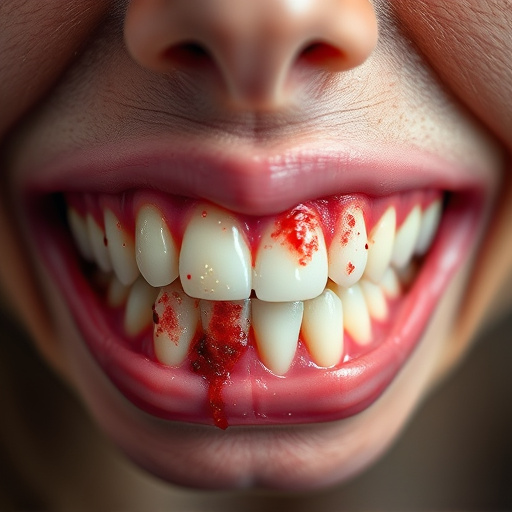
Many individuals suffering from sleep apnea often seek non-invasive treatment methods as a preferred approach to managing their condition. Sleep specialists have explored several options, focusing on techniques that are both safe and effective. One notable non-invasive strategy involves wearing a continuous positive airway pressure (CPAP) mask during sleep. This device delivers a gentle flow of air to keep the upper airways open, preventing obstructions that cause apnea episodes.
While CPAP therapy is highly effective, some patients may find it cumbersome or uncomfortable. In such cases, oral appliances, like mandibular advancement devices, can be an alternative. These customizable devices fit over the teeth and gently pull the lower jaw forward, opening up the airways. Regular routine oral exams are essential to monitor the device’s fit and overall oral health, as cosmetic fillings or emergency dental care might become necessary if issues arise.
Surgical Interventions for Severe Cases
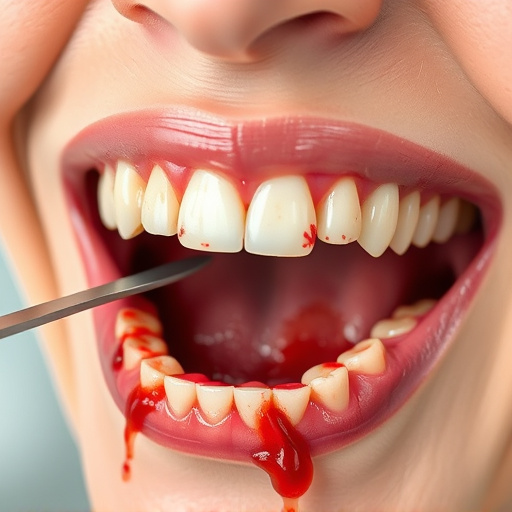
For severe cases of sleep apnea where other treatments have been ineffective, surgical interventions may be recommended by sleep specialists. These procedures aim to alter or improve the upper respiratory system, increasing airflow during sleep and reducing apnea episodes. One common surgical option is nasal surgery, such as septoplasty or turbinate reduction, which can open up blocked nasal passages and promote better breathing.
Another approach involves the placement of dental devices, like oral appliances, which can reposition the jaw to keep the airway open. While not surgical in nature, these appliances offer a less invasive alternative for mild to moderate sleep apnea. For more extreme cases, complex procedures like maxillofacial surgery or even implant-based solutions, such as dental implants, might be considered. Comprehensive dental care, including family dentistry services, can play a significant role in managing sleep apnea through these advanced surgical interventions.
Sleep apnea is a complex condition, but understanding its causes and diagnosis is the first step towards effective management. This review has highlighted various treatment options available, from non-invasive techniques like CPAP therapy and oral appliances to surgical interventions for severe cases. Choosing the right sleep apnea treatment depends on individual needs and severity, as determined by sleep specialists. By exploring these options, patients can significantly improve their quality of life and overall health.
